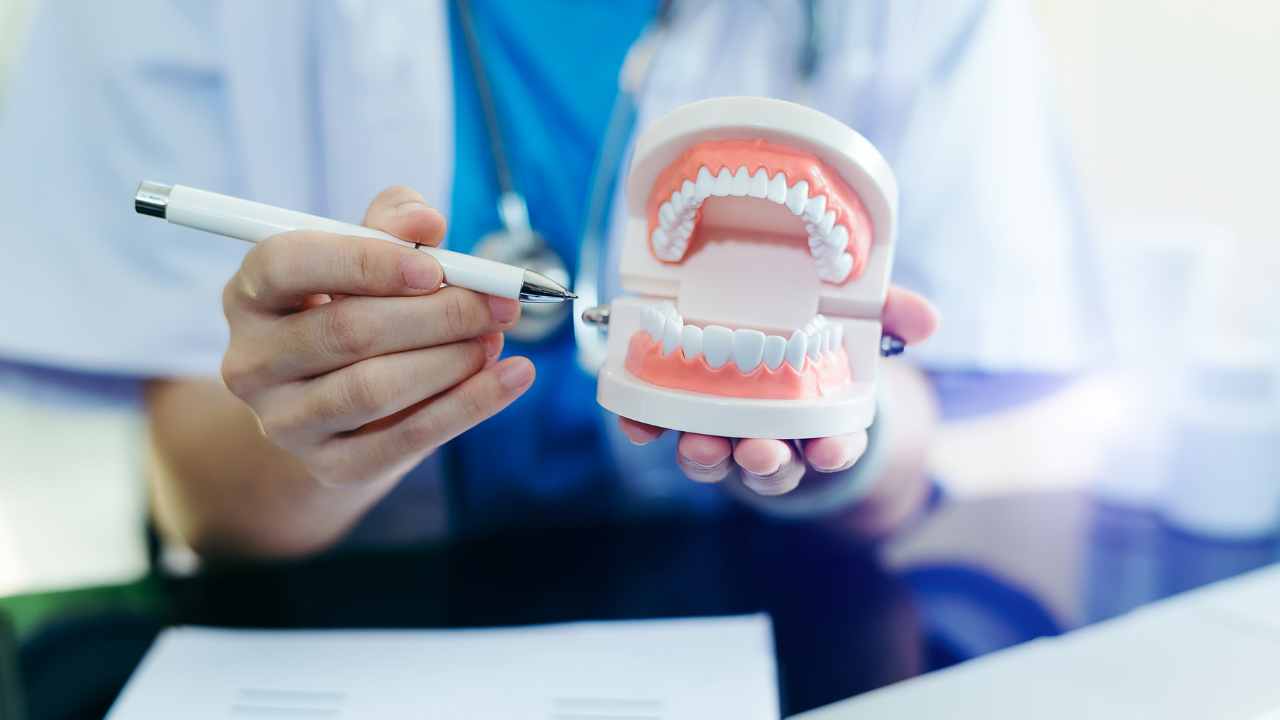A summary of the article “Artificial Intelligence in Dentistry: Chances and Challenges” by Schwendicke et al
A summary of the article “Artificial Intelligence in Dentistry: Chances and Challenges” by Schwendicke et al1:
- The article is a succinct narrative review that describes the application, limitations and possible future of AI-based dental diagnostics, treatment planning, and conduct, as well as dental research and discovery.
- The article defines AI as the idea of machines being capable of performing human tasks, and ML as a subfield of AI that learns the intrinsic statistical patterns and structures in data to make predictions on unseen data. Deep learning is a ML technique that uses multi-layer mathematical operations for learning and inferring on complex data like imagery.
- The article states that dentistry is especially suited to apply AI tasks, as imagery plays an important role in dental care, and dentistry regularly uses different imagery materials from the same patient. Moreover, dentistry has a high demand for accurate and efficient diagnosis, decision-making, treatment planning, and prediction of treatment outcomes.
- The article provides examples of AI-based applications in dentistry, such as image analysis for caries detection, periodontal disease assessment, oral cancer screening, implant planning, orthodontic treatment, and facial aesthetics. It also mentions prediction making for caries risk, tooth survival, implant success, and patient satisfaction. Furthermore, it discusses record keeping for automated documentation, billing, and scheduling, as well as dental research and discovery for generating new hypotheses, testing existing ones, and finding novel associations.
- The article acknowledges the challenges and limitations of AI solutions in dentistry, such as limited data availability, accessibility, structure, and comprehensiveness; lacking methodological rigor and standards in their development; and practical questions around the value and usefulness of these solutions, but also ethics and responsibility. It also suggests some possible solutions to address these challenges, such as shifting from centralized to distributed/federated learning; implementing continuous human oversight and standards grounded in evidence-based dentistry; developing methods to visualize, interpret, and explain the logic behind AI solutions; and fostering digital literacy in the future dental workforce.
- The article concludes that AI-based applications will streamline care, relieving the dental workforce from laborious routine tasks, increasing health at lower costs for a broader population, and eventually facilitating personalized, predictive, preventive, and participatory dentistry. However, it also emphasizes that any AI application in dentistry should demonstrate tangible value by improving access to and quality of care, increasing efficiency and safety of services, empowering and enabling patients, supporting medical research, or increasing sustainability. Moreover, it stresses that individual privacy, rights, and autonomy need to be put front and center; trustworthiness into, and generalizability of, dental AI solutions need to be guaranteed; and dental education will need to accompany the introduction of clinical AI solutions.

